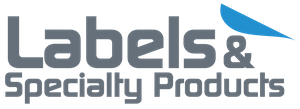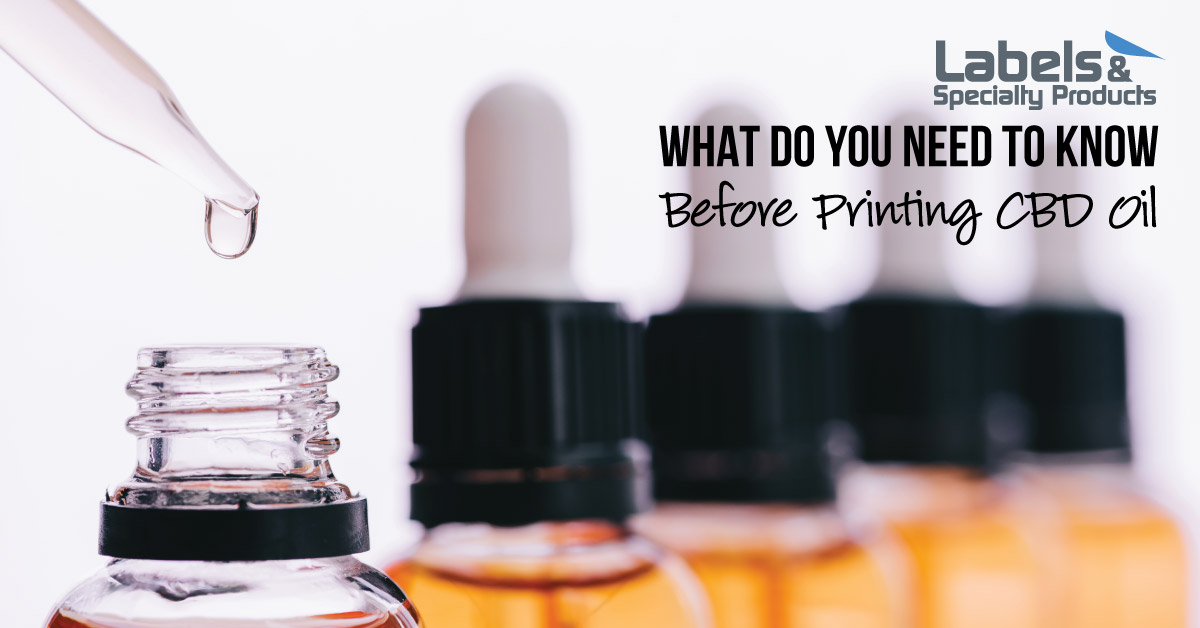What You Need to Know Before Printing CBD Labels
According to PR Newswire, CBD product sales could reach $23.7 billion by 2023. This could explain the rise of new “ganjapreneurs,” often unschooled in regulations for supplements and food products. Like most new industries, the hemp CBD market is outpacing scientific testing and regulatory groups.
The sudden rise in popularity has invited a flood of competition. This growth means that quality packaging can be the difference between a product staying on the shelf or finding the audience it can help most. Here’s what you need to know to produce CBD labels that not only remain compliant with today’s standards but also successfully market your brand.
Legally Required Information for CBD Labels
Labeling CBD products is particularly tricky because the FDA hasn’t established strict label requirements. However, there are pieces of information that are essential for consumers:
- Statement of identity (e.g. “hemp extract supplement,” “herbal supplement,” “dietary supplement”)
- Net weight
- Supplement facts panel
- List of ingredients
- Manufacturer, distributor or co-packer name
- Amount of active CBD per serving
- Batch or date code
- Suggested product use
- CBD is full spectrum, broad spectrum or isolate
Equally important to the above general compliance information is determining how you classify your product. Do you produce a food product? You’ll have to follow the FDA Food Labeling Guide for a separate set of regulations. Does your product belong in the health and beauty sector? You’ll need to adhere to the FDA’s Cosmetic Labeling Guide. Warning statements are also best practice with cautions that users could fail a drug test if they consume hemp products.
Type Size, Design and Font Considerations
For CBD labels, font is not merely a matter of design and readability but also a matter of compliance. The guidelines begin simply enough for information panels – use a “print or type size that is prominent, conspicuous and easy to read.”
However, the labeling guide also states that labels should “use letters that are at least one sixteenth (1/16) inch in height based on the lowercase letter ‘o,’” with the exception of “very small food packages as discussed in 21 CFR 101.2(c) & (f).” As difficult as the exact labeling rules may seem, precision is key since improper labeling can lead to fines.
Small containers also prove difficult for designers with only a few inches of space for both typography and brand design. Ultimately, your design must include all compliance information with legible text to avoid packaging that appears either too “busy” or boring.
Highlight Health Benefits, Not Health Claims
Despite a host of studies pointing to the significant health benefits of CBD, you can’t claim that your product is connected to therapeutic results. Both FDA authorized health claims and qualified health claims require significant scientific evidence and, in many cases, an expert consensus. For CBD products, this simply has not yet been established.
The FDA’s current stance is that “there are many unanswered questions about the science, safety, and quality of products containing CBD.” This means that products are not recognized as dietary supplements or as substances capable of preventing, treating, or curing diseases (apart from a single prescription CBD product found to treat epilepsy).
This means that you can’t say that your CBD gummy infused with melatonin relieves insomnia because it’s considered a medical condition. But you can design a label that highlights your product’s key benefits and ingredients without using banned medical terms. In the example above, you may substitute a phrase like “CBD with soothing melatonin.”
FDA regulations also say nothing about your brand’s value propositions with call-outs such as GMO free, natural, vegan, responsibly sourced, made from recycled materials, or sugar free.
Avoid Giving “CBD” the Spotlight
A booming CBD market may increase your potential customers, but it also makes it harder to differentiate between products. While “CBD” is likely to be front and center on your packaging, the term does little to highlight your brand or your benefits.
What if ingredients (and other regulatory content) could make a difference to consumers? Image if they were front and center alongside your brand name to establish trust and transparency? Even colors, textures and font styles can point to a memorable brand. For example, bold lines, borders and stripes were viewed 42% more than plain labels on the same shelf.
Find a Label Printing Company You Can Trust with the Details
Battling for a top position in the CBD market means creating labels for both consumers and regulators. At Labels & Specialty Products, we have the printing technology to create custom products labels that will help you tell your story and build a loyal customer base.
We can help you choose the right materials and printing capabilities to match your performance and budgetary needs. Contact us today to talk about printing custom CBD labels for your products.

